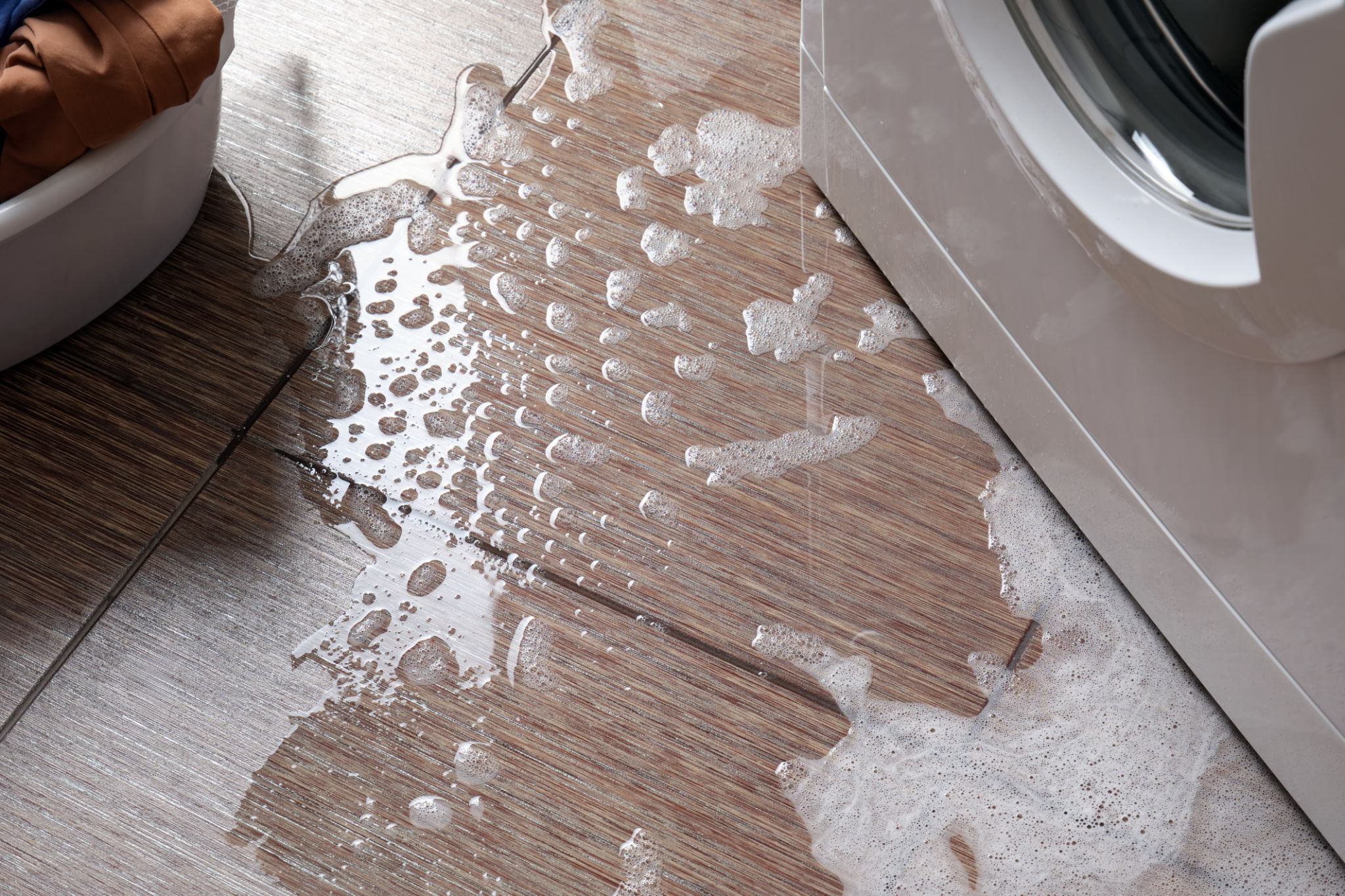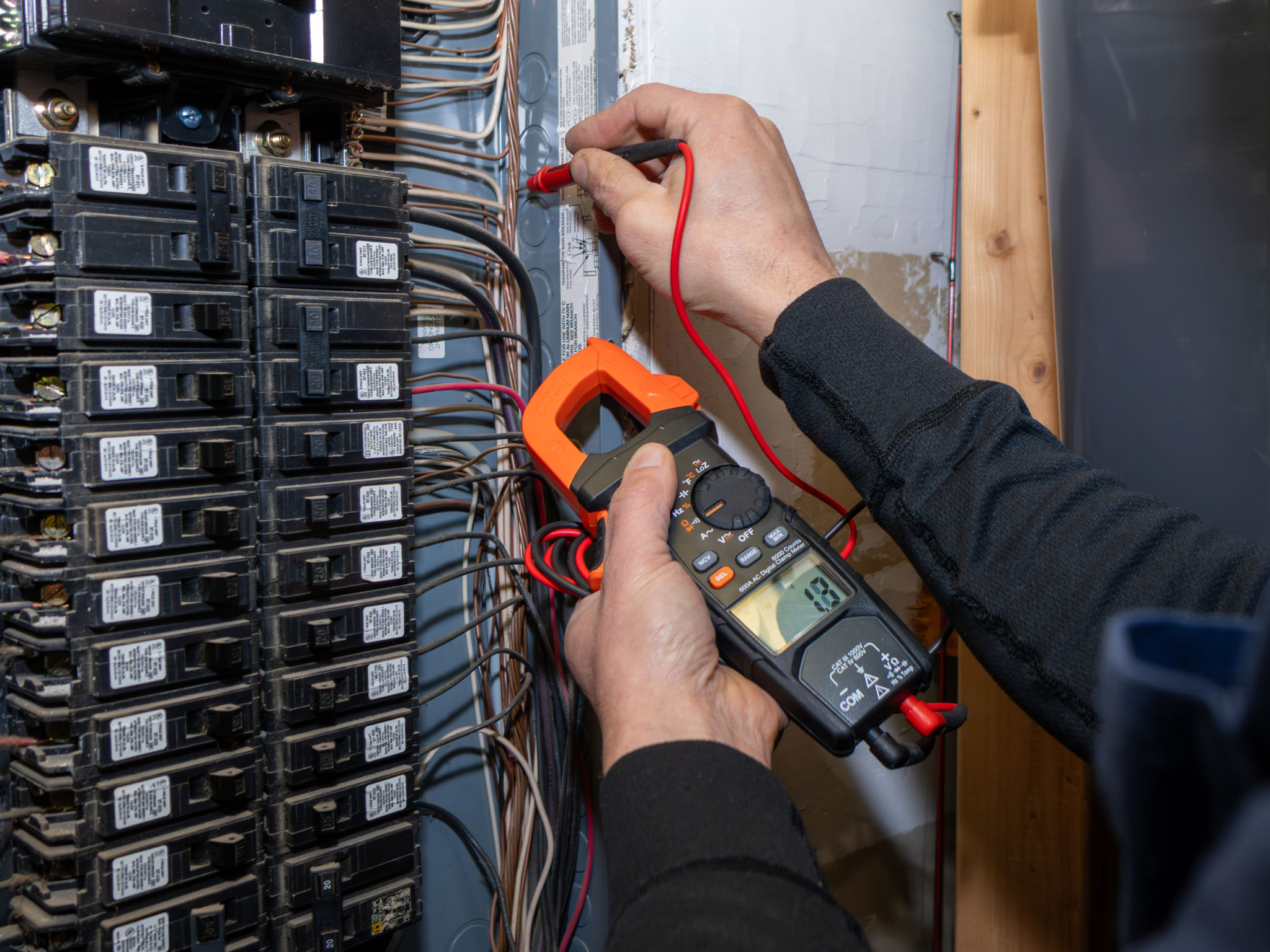Common Defects in Australian Buildings and How to Manage Them Effectively
Understanding Common Defects in Australian Buildings
Building defects are a significant concern for property owners and developers in Australia. These issues can range from minor inconveniences to major structural problems, affecting both the safety and value of a building. Understanding these defects and knowing how to manage them effectively is crucial for maintaining property standards.

Structural Defects
Structural defects are among the most serious issues faced by Australian buildings. These defects can include foundation cracks, compromised load-bearing walls, and roof failures. Often, these problems arise due to poor construction practices or the use of substandard materials. Addressing structural defects promptly is essential to prevent further deterioration.
To manage structural defects, it is advisable to engage a qualified structural engineer who can assess the extent of the damage and recommend appropriate remediation measures. Regular maintenance and inspections can also help in early detection and prevention of such issues.
Waterproofing Failures
Waterproofing failures are another common problem in Australian buildings, particularly in areas subjected to heavy rainfall. Leaking roofs, walls, and basements can lead to water damage, mold growth, and deterioration of building materials. These issues not only affect the building’s integrity but can also pose health risks to occupants.

Effective management of waterproofing defects involves identifying the source of leaks and ensuring proper sealing of affected areas. Utilizing quality waterproofing materials and hiring experienced professionals can significantly reduce the risk of water-related issues.
Electrical and Plumbing Issues
Electrical and plumbing defects are prevalent in many buildings, often due to aging infrastructure or poor installation practices. Common electrical problems include faulty wiring, circuit overloads, and malfunctioning outlets, while plumbing issues may involve leaks, blockages, or pipe corrosion.
To address these concerns, it is important to conduct regular inspections and engage licensed electricians and plumbers for repairs. Upgrading outdated systems can also prevent potential hazards and improve overall building efficiency.

Materials Degradation
The degradation of building materials is a natural process that can be accelerated by environmental factors such as UV exposure, moisture, and temperature fluctuations. This degradation can compromise the aesthetic appeal and structural stability of a building.
To manage material degradation, property owners should invest in high-quality materials that are suitable for the local climate. Routine maintenance, including painting, sealing, and replacing worn-out components, is also essential in preserving the building’s condition.
Proactive Management Strategies
Effective management of building defects requires a proactive approach. Here are some strategies that can help:
- Regular Inspections: Conduct thorough inspections at regular intervals to identify potential issues early.
- Preventive Maintenance: Implement a routine maintenance schedule to address minor issues before they escalate.
- Professional Expertise: Engage qualified professionals for repairs and renovations to ensure high standards of workmanship.
- Documentation: Keep detailed records of inspections, repairs, and maintenance activities for future reference.
By understanding common building defects and implementing effective management strategies, property owners can safeguard their investments while ensuring the safety and comfort of occupants.
